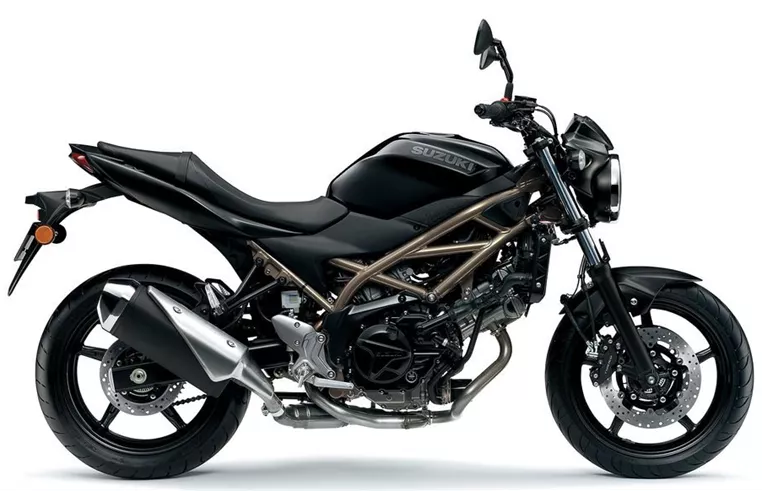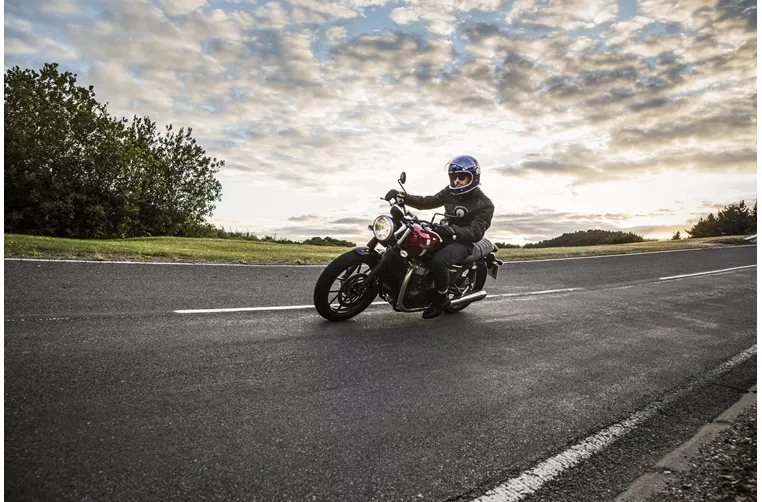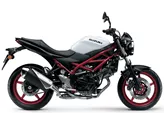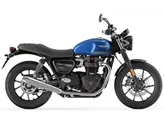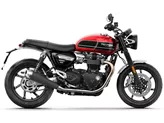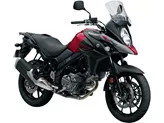Suzuki SV 650 2021 vs. Triumph Street Twin 2018
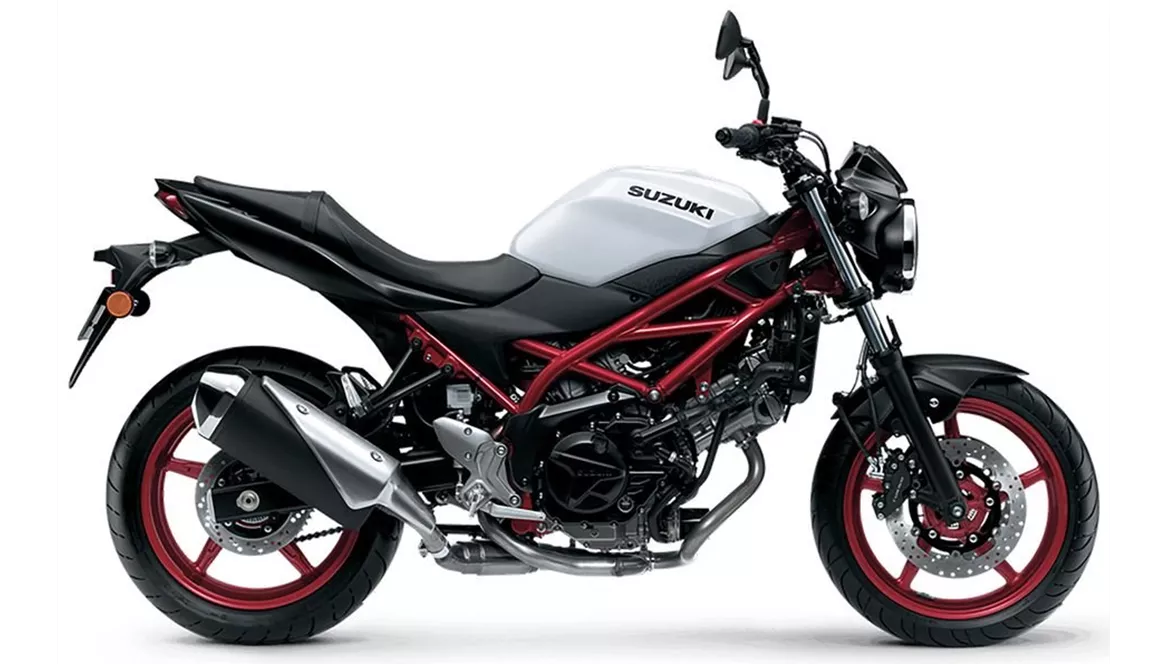
Suzuki SV 650 2021

Triumph Street Twin 2018
Overview - Suzuki SV 650 2021 vs Triumph Street Twin 2018
When comparing the Suzuki SV 650 2021 and the Triumph Street Twin 2018, there are several key differences to consider.
In terms of engine performance, the Suzuki SV 650 boasts a V2 powerplant with 73 HP, while the Triumph Street Twin features an in-line crankpin offset engine with 55 HP. The Suzuki SV 650 has slightly more power, which can provide a more exhilarating riding experience. However, the Triumph Street Twin compensates with a higher torque of 80 Nm, which can result in better acceleration and mid-range power.
Both bikes have a fuel injection system and liquid cooling, ensuring efficient and reliable performance. They also have the same number of cylinders (2) and similar suspension systems, with telescopic forks in the front and swing arms in the rear. However, the Suzuki SV 650 has a monoshock rear shock absorber with preload adjustment, while the Triumph Street Twin has dual shocks with preload adjustment.
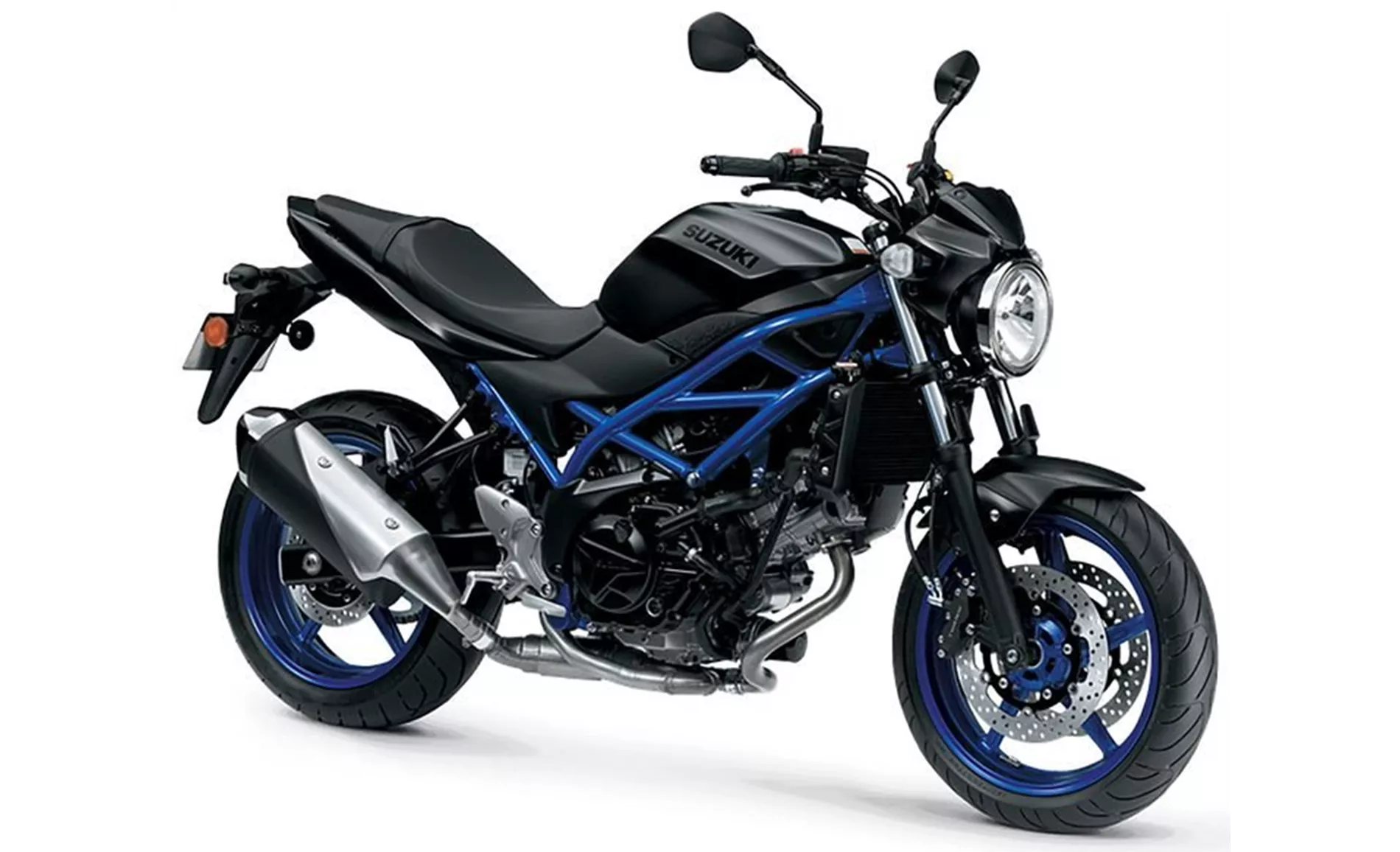
Suzuki SV 650 2021
In terms of chassis, both bikes feature steel frames, but the Suzuki SV 650 has a tubular frame, while the Triumph Street Twin has a central tube frame. The choice of frame design can affect the overall rigidity and handling characteristics of the bike.
When it comes to braking, both bikes have double disk brakes in the front, but the Suzuki SV 650 has four-piston calipers, while the Triumph Street Twin has double-piston calipers. This means that the Suzuki SV 650 may provide stronger and more responsive braking performance.
In terms of advanced rider assistance systems, both bikes are equipped with ABS. However, neither bike has any other electronic features, which may be a drawback for riders looking for more advanced technology.
In terms of dimensions and weights, the Suzuki SV 650 has a slightly wider front tire (120 mm) compared to the Triumph Street Twin (100 mm). The Triumph Street Twin, on the other hand, has a larger front disk diameter (310 mm) compared to the Suzuki SV 650 (290 mm). The wheelbase of the Suzuki SV 650 is slightly longer (1445 mm) compared to the Triumph Street Twin (1415 mm). The seat height of the Suzuki SV 650 is higher (785 mm) compared to the Triumph Street Twin (750 mm). The fuel tank capacity of the Suzuki SV 650 is also larger (14.5 l) compared to the Triumph Street Twin (12 l).
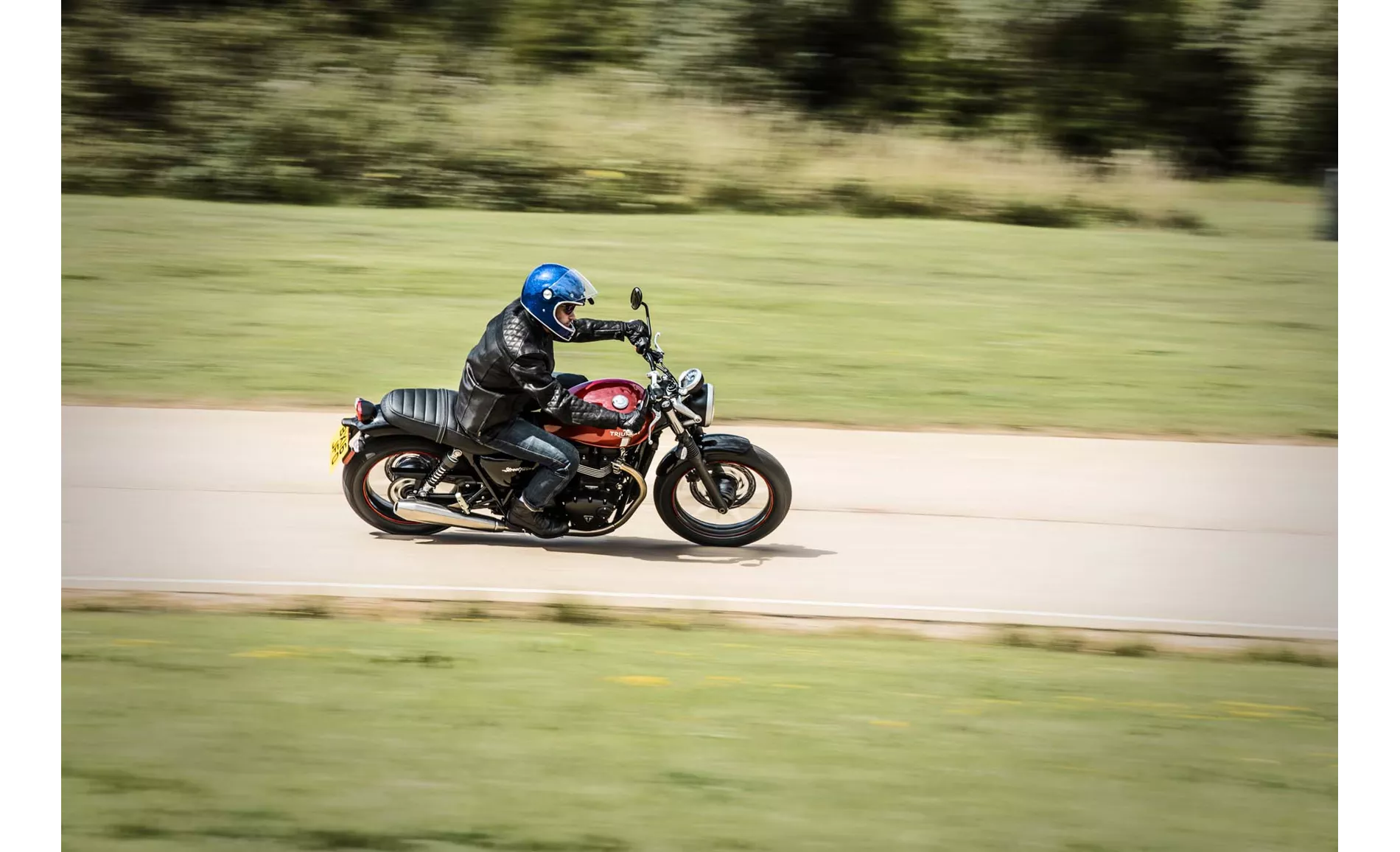
Triumph Street Twin 2018
In terms of strengths, the Suzuki SV 650 2021 offers a confident V2 powerplant with character, a stable chassis, a comfortable seating position, easy handling, and a timeless look. On the other hand, the Triumph Street Twin 2018 boasts an engine with plenty of torque in the middle, good brakes, pleasant ergonomics, current electronic features, a smooth clutch, an authentic look, and a fair offer.
However, both bikes have some weaknesses. The brake on both models requires manual force, which may be a drawback for riders looking for more responsive braking. Additionally, both bikes have limited electronic features, with the Suzuki SV 650 only equipped with ABS and the Triumph Street Twin featuring small digital fields on its fittings.
In conclusion, the Suzuki SV 650 2021 and the Triumph Street Twin 2018 offer different strengths and weaknesses. The Suzuki SV 650 provides more power and a larger fuel tank capacity, while the Triumph Street Twin offers higher torque and a larger front disk diameter. Ultimately, the choice between these two bikes will depend on the rider's preferences and priorities.
Technical Specifications Suzuki SV 650 2021 compared to Triumph Street Twin 2018
Pros and Cons in comparison
Pros and Cons in comparison
Suzuki SV 650 2021
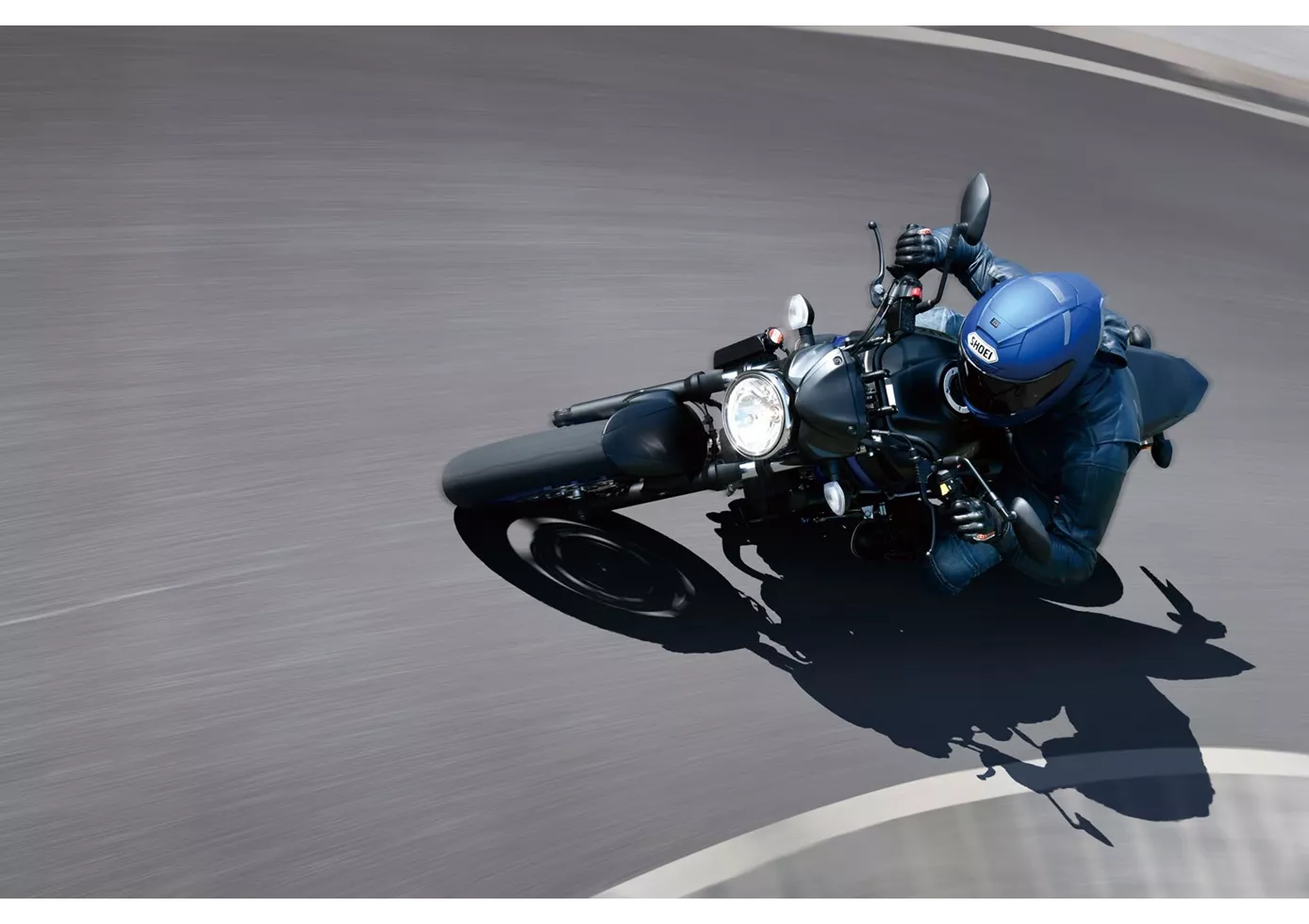
Not much has changed on the Suzuki SV 650 compared to its predecessor, five years ago. The engine has been updated to Euro5 and is now even more mature, which fits in perfectly with the rest of the package. The SV 650 doesn't want to scare anyone, especially beginners. The chassis makes a solid, unagitated impression, the brakes require a lot of manual force to prevent unexpected overbraking. The look is timeless on the one hand, but on the other hand some components are really a bit outdated. On the other hand, the price is fair, as usual for Suzuki.
Triumph Street Twin 2018
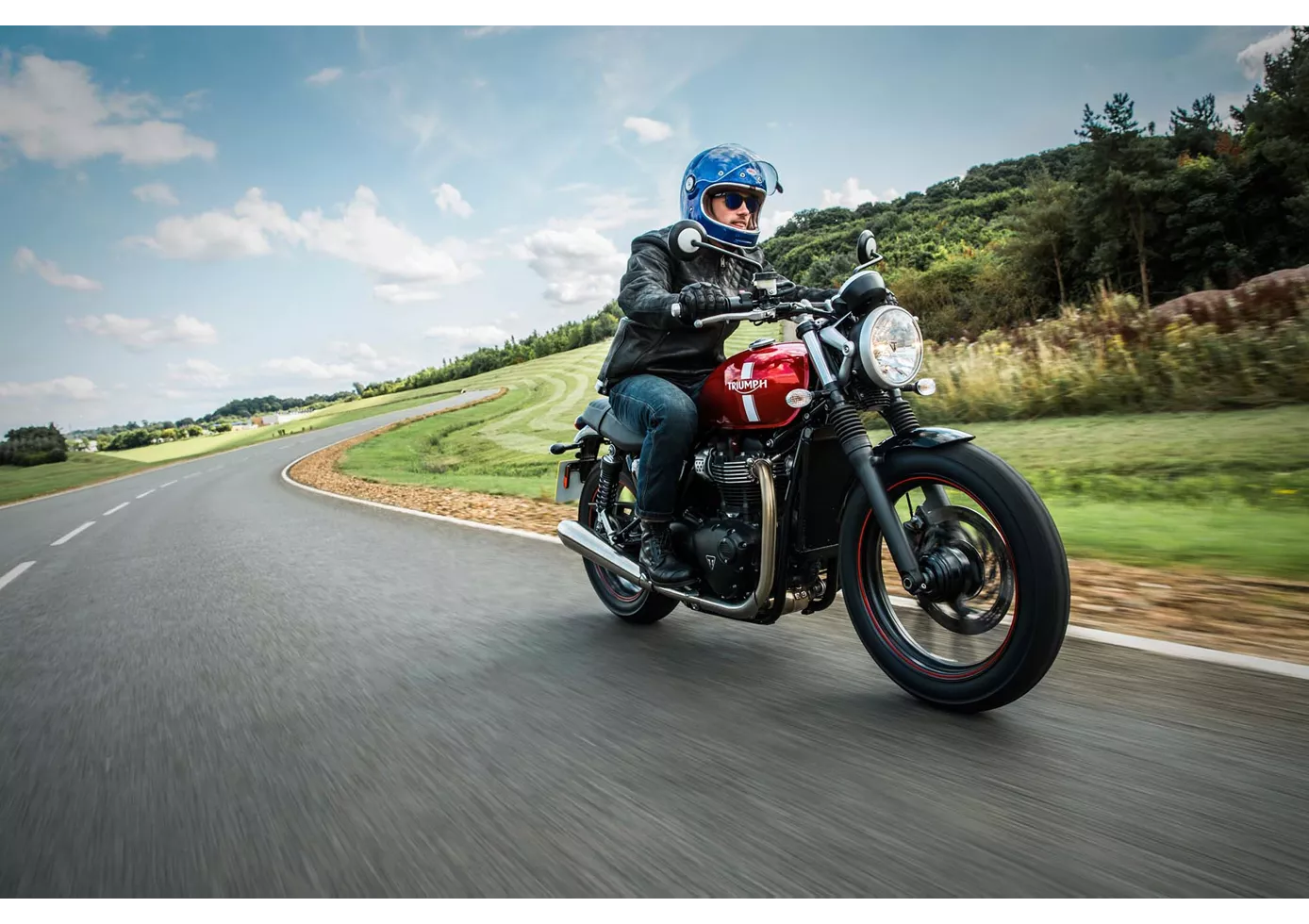
The new Triumph Street Twin cleverly continues the success story of the predecessor model; instead of radical changes, there are targeted improvements to the engine, brakes, chassis and ergonomics. The enormous 10 hp increase in power is nice, but the special character of the powerful in-line two-wheeler is still experienced more in the mid-range. Added to this is an improved look and feel at a price that is hardly higher. If you have too much money in your wallet, you can pimp and customise your Street Twin with almost 140 original accessories.
Price Comparison Avarage Market Price Suzuki SV 650 vs Triumph Street Twin
There are a few key differences between a Suzuki SV 650 2021 and a Triumph Street Twin 2018. In terms of price, the actual average price of a Triumph Street Twin 2018 is about 33% higher. A Suzuki SV 650 2021 experiences a loss of 130 USD in one year of ownership. This is offset by a loss of 160 USD for a Triumph Street Twin 2018. Compared to Triumph Street Twin 2018 there are more Suzuki SV 650 2021 bikes available on the 1000PS.de Marketplace, specifically 13 compared to 5. It takes less time to sell a Triumph Street Twin with 108 days compared to 111 days for the Suzuki SV 650. Since model year 2005 1000PS.de editors have written 25 reviews for the Suzuki SV 650 and 11 reviews for the Triumph Street Twin since model year 2016. The first review for the Suzuki SV 650 was published on 9/26/2008 and now has more than 14,200 views. This compares to more than 45,200 views for the first review on Triumph Street Twin published on 12/11/2015.
